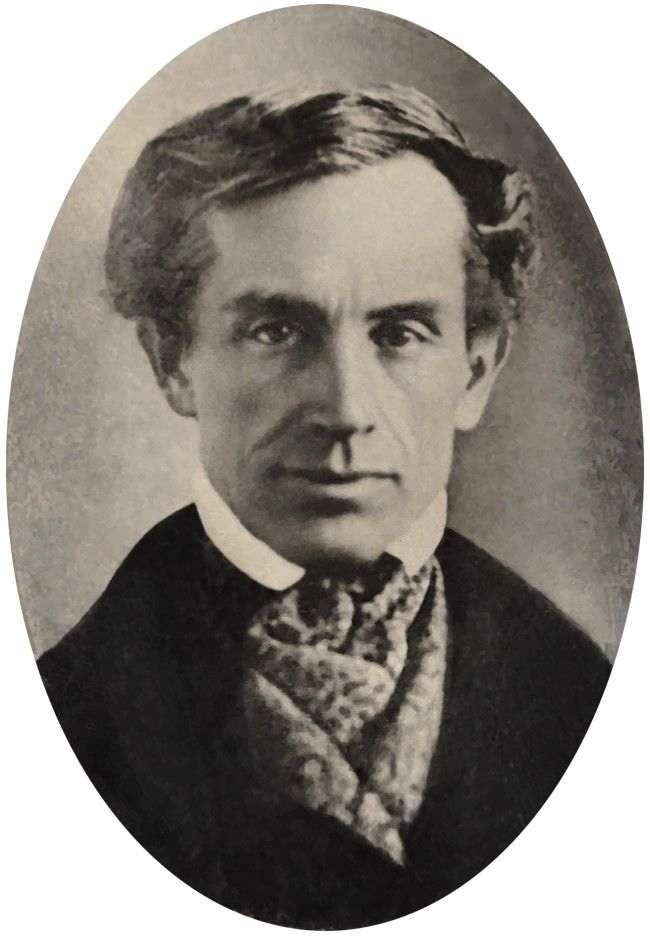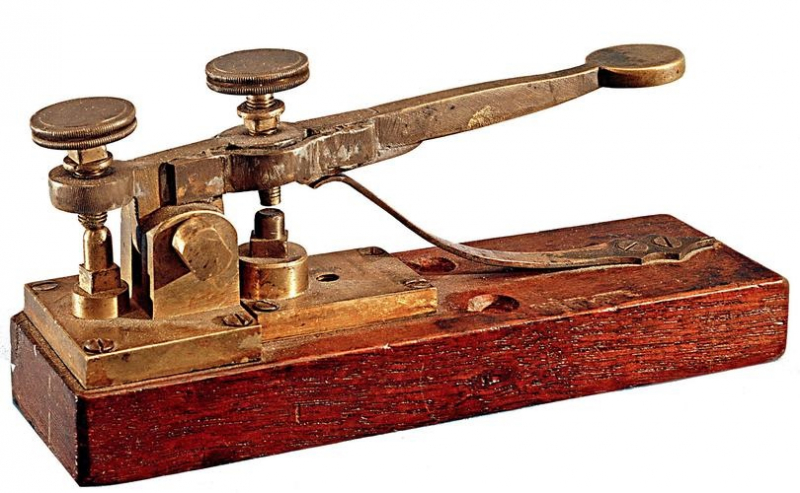Samuel Finley Breese Morse
Samuel Finley Breese Morse, as one of the major inventors of the Industrial Revolution, was a painter and inventor from the United States. Morse contributed to the design of a single-wire telegraph system based on European telegraphs in his middle age, after establishing his reputation as a portrait painter. Samuel Finley Breese Morse was a co-creator of Morse code and contributed to the commercialization of telegraphy.
Morse met Charles Thomas Jackson of Boston, a guy well-versed in electromagnetism, on his way back from Europe in 1832. Morse created the concept of a single-wire telegraph after witnessing different trials with Jackson's electromagnet. He put his painting, The Gallery of the Louvre, aside. The original Morse telegraph, filed with his patent application, is housed in the Smithsonian Institution's National Museum of American History. Morse code, which he invented, would eventually become the world's principal language of telegraphy. It is still the standard for rhythmic data transfer.
Meanwhile, in 1833, William Cooke and Professor Charles Wheatstone became aware of Wilhelm Weber and Carl Gauss' electromagnetic telegraph. Despite starting later, they had progressed to the point of launching a commercial telegraph before Morse. In 1836, four years after Morse, Cooke became captivated by electrical telegraphy in England. Cooke abandoned his core topic of anatomy and created a small electrical telegraph in three weeks, thanks to his better financial means. Wheatstone was also working with telegraphy and realized that a single huge battery would not be able to deliver a telegraphic signal over great distances. He hypothesized that a large number of small batteries would be significantly more successful and efficient in this operation. Cooke and Wheatstone formed a partnership and patented the electrical telegraph in May 1837, and within a few months had given a 13-mile (21-kilometer) stretch of the telegraph to the Great Western Railway. Cooke and Wheatstone's multiple-wire signaling system, however, would be surpassed by Morse's less expensive method within a few years.
Born: April 27, 1791 (Charlestown, Massachusetts, U.S.)
Died: April 2, 1872 (New York City, U.S.)












